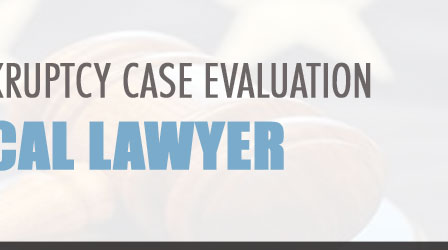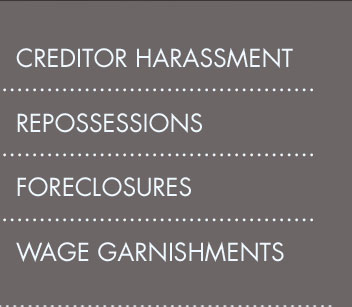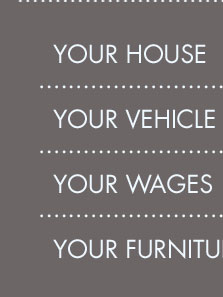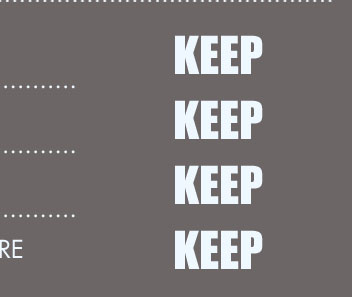 |
 |
 |
|---|
 |
 |
 |
|---|---|---|
 |
 |
 |
 |
 |
 |
|---|---|---|
 |
 |
 |
 |
Where Do I File for Bankruptcy in California: A Comprehensive Guide
Understanding Bankruptcy in California
Filing for bankruptcy in California can be a daunting process, but it provides an opportunity for a fresh start. Knowing where to file is the first step in this journey.
Types of Bankruptcy
In California, individuals typically file for either Chapter 7 or Chapter 13 bankruptcy. Each has distinct advantages and requirements.
- Chapter 7: This is known as liquidation bankruptcy. It's suitable for those with limited income who cannot repay their debts.
- Chapter 13: Also known as reorganization bankruptcy, it allows individuals to keep their property while repaying debts over time.
Where to File for Bankruptcy
Bankruptcy cases in California are filed in the United States Bankruptcy Court. The state is divided into four federal districts: Northern, Eastern, Central, and Southern.
Northern District
This district covers the Bay Area and is headquartered in San Francisco. It's suitable for residents living in counties like Alameda and Santa Clara.
Eastern District
With locations in Sacramento and Fresno, this district serves the Central Valley and the eastern parts of the state.
Central District
The Central District is one of the largest, serving Los Angeles and surrounding counties. Those in this area can file in Los Angeles, Riverside, Santa Ana, and other locations.
Southern District
Residents of San Diego and Imperial counties file in the Southern District, with courts located in San Diego.
Steps to Filing Bankruptcy
- Gather Your Financial Documents: Collect your income, expenses, debts, and asset information.
- Complete Credit Counseling: This is mandatory and must be done within 180 days before filing.
- File the Bankruptcy Petition: Submit your forms and required documents to the appropriate district court.
- Attend the Meeting of Creditors: This is a mandatory meeting where creditors can ask questions.
- Complete Debtor Education Course: This is required to receive a discharge of debts.
Resources and Legal Assistance
While filing bankruptcy on your own is possible, many find it beneficial to consult with a qualified attorney. A bankruptcy attorney in New Orleans or other areas can provide expert guidance tailored to your needs.
Frequently Asked Questions
-
How do I know which district to file in?
You must file in the district where you have lived for the majority of the last 180 days. If unsure, consult the district court's website or seek legal advice.
-
Can I switch from Chapter 13 to Chapter 7?
Yes, you can convert your Chapter 13 bankruptcy to Chapter 7, but it involves meeting specific eligibility criteria and possibly a court hearing.
-
Is legal representation necessary for filing bankruptcy?
While it's possible to file without a lawyer, having one can help navigate the complex legal requirements and protect your rights. For instance, consulting with a bankruptcy attorney in Omaha could provide valuable insights.
While filing for bankruptcy has serious consequences, it can also be the best thing for people who can't escape crippling debt.
How To File Chapter 7 Bankruptcy In California? Are you considering filing for Chapter 7 bankruptcy in California but unsure where to start?
Because bankruptcy is governed by federal law, all bankruptcy cases must be filed in federal court. Specifically, you must file your case in a federal ...
![]()